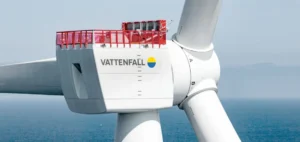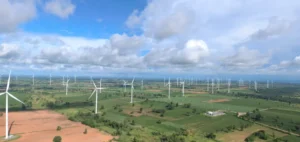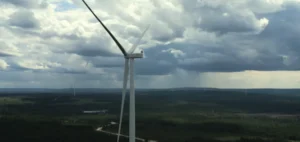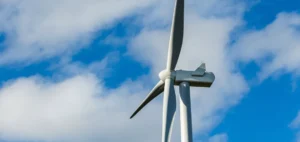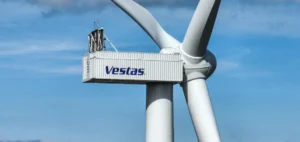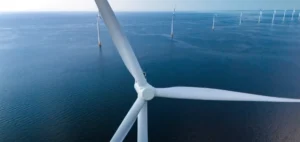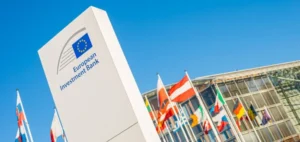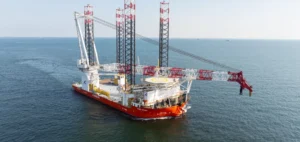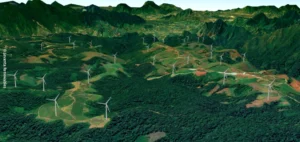In the governorate of Sohag, Scatec and Engie have secured land for the development of wind power projects totaling 8 GW. These initiatives were formalized at a ceremony attended by Mohamed Shaker, Egypt’s Minister of Electricity and Renewable Energy, and Hilde Klemetsdal, Norwegian Ambassador to Egypt. The Egyptian New and Renewable Energy Authority (NREA) has granted the necessary land permits for these projects, underlining the importance of private investment in the national energy strategy.
Economic and environmental implications
The projects represent an investment of $9 billion and are expected to reduce CO2 emissions by 17 million tonnes a year. This step forward is in line with the national target of generating 42% of electricity from renewable sources by 2030. Reducing dependence on natural gas is crucial for Egypt, especially in the context of fluctuating international market prices, exacerbated by the post-Covid-19 recovery and recent geopolitical conflicts.
Biodiversity concerns and responses
As Egypt moves forward with its energy transition, concerns remain about the impact of new wind farm projects on biodiversity, particularly migratory birds. In response, bodies such as the European Bank for Reconstruction and Development (EBRD) now make their financing conditional on biodiversity being taken into account in these major developments.
Egypt’s commitment to wind power development represents a major pivot towards renewable energies. As well as stimulating the economy, these projects are designed to align industrial practices with environmental requirements, ensuring sustainable development that respects local biodiversity.











